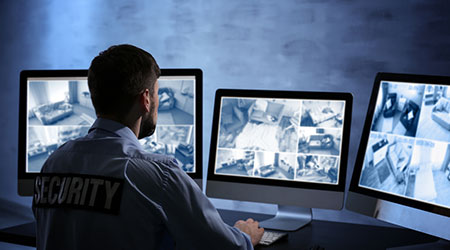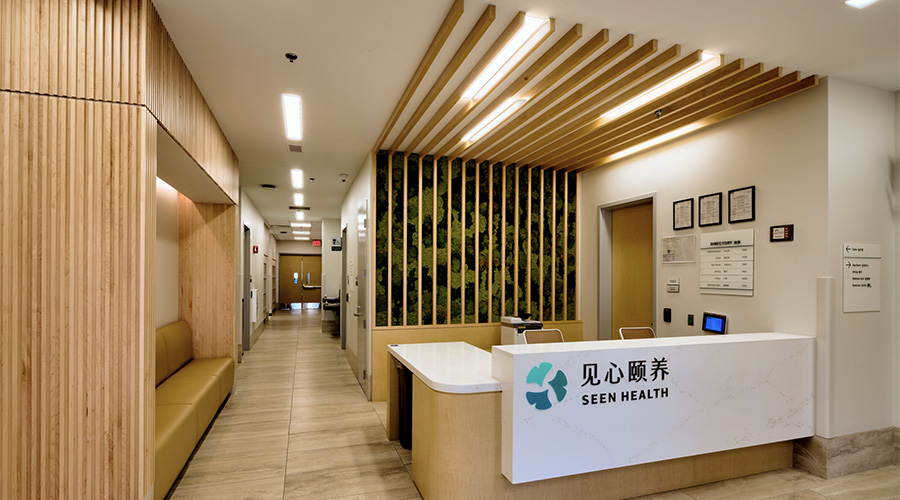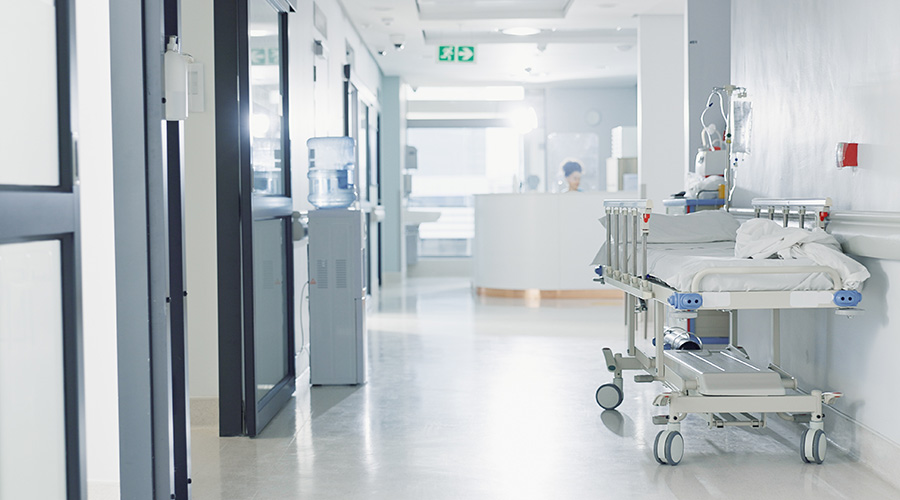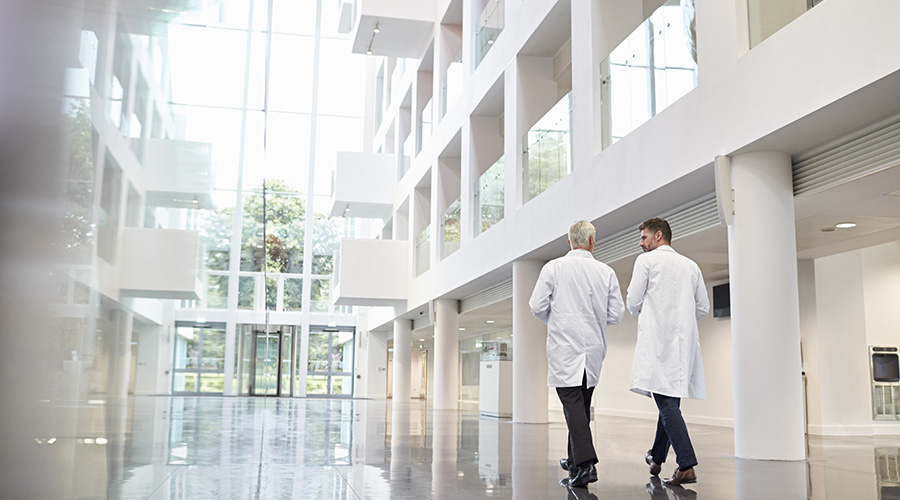Healthcare security continues to be a pressing concern as hospitals and clinics look for new ways to protect patients, staff and visitors from violent threats. Gang-related violence, opioid addiction, and other unwelcome intruders can all endanger people in your facility. Healthcare providers should be implementing tools that help them enhance safety and communication to make it easy to request assistance and alert others that a dangerous situation is taking place. One tool many healthcare facilities are turning to is a mass notification system.
Mass notification systems can connect many devices and other systems healthcare facilities already have in place and help leverage them for safety and communication needs. When an incident occurs in a hospital facility, an alert needs to get sent out so someone can respond and provide appropriate assistance. The two biggest challenges healthcare facilities face when trying to get an alert out are speed and reach.
Speed is how quickly the message can be sent out, and reach is how likely it is that the desired population receives that message. With disparate systems or tools that do not offer the customization options, alerting the right people can be an inefficient process for healthcare facilities. Personnel can lose time logging in and out of different systems, and without the ability to send messages to specific groups, you may cause unnecessary panic in your facility.
Mass notification can tie together disparate systems and offers the ability to customize messages so healthcare personnel can reach the right people at the right time. Paging systems and IP speakers in hallways, desktop computers at nurse stations, IP phones in rooms, digital signage throughout buildings, personal mobile devices and more can all be connected to a mass notification system to help relay critical safety messages. Those messages can include customized text and audio the provides relevant information for people within your facility and can be prebuilt ahead of time for anticipated events that could disrupt operations and put people at risk. Messages can also be designated into groups or zones so certain messages are only broadcast to a select group of people, floor or wing of your facility. This customization is particularly beneficial for hospitals and other facilities that want to avoid upsetting visitors by having messages broadcast to waiting areas.
Healthcare facilities can also take advantage of the triggering methods mass notification systems offer to speed up the time it takes to get a message out. Physical panic buttons placed at reception areas, nursing stations or in patients’ rooms can make it easy to signal for assistance. Virtual panic buttons configured on IP phone can be a money-saving way to accomplish the same goal as it does not require an additional investment in new devices. Email triggers, monitored CAP and RSS feeds, and keyboard shortcuts, all remove the need for someone to be logged in and in front of a central console to send out alerts.
Triggering and receiving notifications can also extend to mobile devices, giving healthcare facilities even more flexibility for alerting. Notifications can be received as SMS text messages, push notifications or email. System administrators and key safety personnel can have privileges assigned via the mobile app that lets them trigger notifications as well. This means the moment someone sees an incident, wherever they are in your facility, they can pull out their mobile device and alert others that there is an issue.
Of course, it’s not just violent intruders that can threaten patient and staff well-being. Severe weather, other natural disasters, and mass casualty events like virus outbreaks may impact schedules, or people’s ability to get to your facilities. Mass notification systems can be set up to automatically monitor CAP feeds from the National Weather Service and trigger alerts when weather conditions meet certain criteria. This can be especially helpful when communicating with staff who may be delayed coming into work due to severe weather conditions, as well as helping prepare for a potential influx of patients following an event.
If an emergency does happen, you’ll not only need to notify people, but manage your response appropriately. Mass notification can help with this as well. It can automatically trigger conference call invitations following a notification broadcast to bring together key stakeholders who can assess the situation and deploy a response. Certain systems can even integrate with collaboration tools like Microsoft Teams and Cisco Webex Teams to automatically launch spaces for incident management teams. The quicker you can bring people together, the quicker you can help those that need assistance.
Many of these procedures can be automated to help save time and headaches. It can require time and resources initially to configure properly, but the long-term benefits can be immeasurable. By providing a more secure environment, healthcare facilities also facilitate delivering on their number one priority, delivering excellent patient care. With less time spent managing notifications, more time can be spent with patients providing them with a secure facility where they can focus on their health.
Pat Scheckel is Vice President of Product Management at Singlewire Software.

 How Efficiency Checklists Help Hospitals Save Energy, Water and Money
How Efficiency Checklists Help Hospitals Save Energy, Water and Money Designing with Heart: Seen Health Center Blends Cultural Warmth and Clinical Care
Designing with Heart: Seen Health Center Blends Cultural Warmth and Clinical Care Rutgers Health and University Hospital Breaks Ground on Campus Expansion
Rutgers Health and University Hospital Breaks Ground on Campus Expansion What to Consider When Modernizing Healthcare Facilities
What to Consider When Modernizing Healthcare Facilities Corewell Health Beaumont Troy Hospital to Build New Tower
Corewell Health Beaumont Troy Hospital to Build New Tower